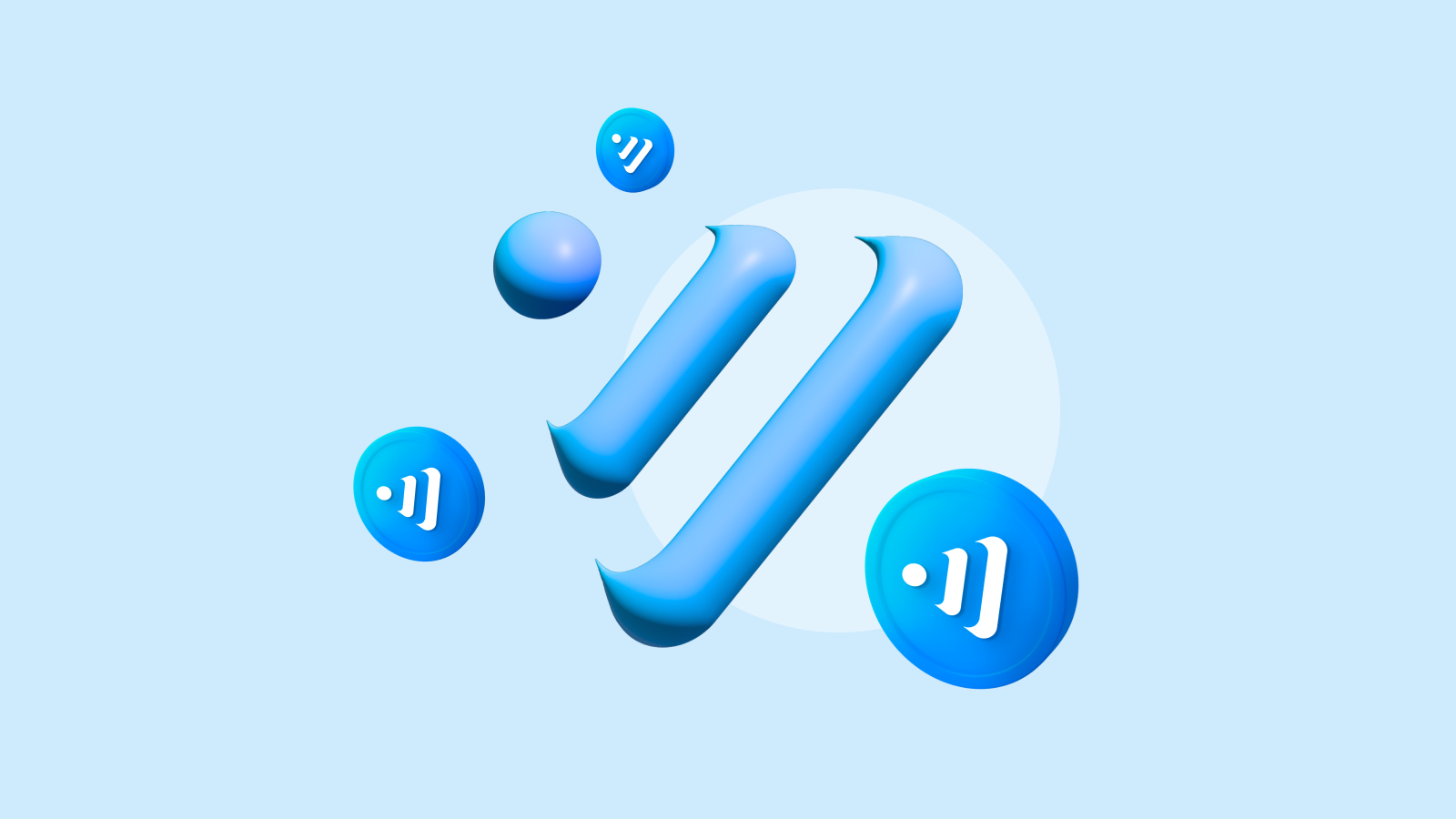About Venus ($XVS)
Venus is a protocol running on the Binance Smart Chain that allows lending, borrowing, and cryptocurrency credit.
From its operation, Venus permits consumers to invest against collaterals. This investment transacts with high speed at a very low cost. Also, users can mint VAI stable coins in a few seconds.
The Venus protocol has the following strong points:
- Possibility to borrow digital assets without credit checks and KYC.
- Fast minting of stablecoins from collateral. The collateral can also be used in several places worldwide.
- Allows the depositing of stablecoins and digital assets as collateral and earning return yields.
- The protocol has its native token XVS to ensure transparency and legitimacy in distribution.
Venus Use Cases
Venus Protocol came to the crypto market as a provider of cheaper costs for borrowing and higher interest rates for lending assets.
Thanks to Venus, users can use their cryptocurrency assets by offering over-collateralized cryptocurrencies as collateral to the network. They have a secure lending environment in which the lender receives an annual percentage yield (APY) paid for a block. On the contrary, the borrower pays interest on the borrowed crypto.
Thus, the protocol sets these interest rates using a curve yield, where the rates are automated, relying on the demand of a definite market.
1. Using the platform, you can earn interest on your assets. Funds left inside the protocol can earn annual percentage yields (APYs) depending on the yield curve usage of a market you are participating in.
2. The Venus protocol users can enjoy instant liquidity by using their vToken collateral to borrow from the Venus Protocol, without any trading fees or slippage, and it takes place on-chain.
Venus offers you on-demand liquidity that is accessible worldwide. Users only need to provide protocol-locked collateral to borrow any supported cryptocurrencies, stablecoins, or digital assets from Venus.
3. The protocol has been designed to allow for community governance at its foundation. There are no pre-mines for the Venus team, developers and founders ensure that the protocol is controlled by individuals who choose to mine Venus Tokens.
The proposal creation demands the following criteria:
- The proposer needs 300,000 XVS
- To be accepted, the proposal must achieve a quorum of at least 600,000 XVS
Venus Staking
- Supplying assets
In this case, you supply assets to Venus Protocol and earn rewards. The rewards are your APY. Then, you will also get XVS, a native BEP20 token.
The yield differs depending on which cryptos were supplied so that it can be 0.13% (SXP) to 38.43% (DOT). These yield percentages change from day to day. - Supplying assets and borrowing other assets
You can keep your XVS, SXP, and UST in this staking option. Then, supply them to the platform. After that, you can borrow DOGE and BNB and farm it in exchange for, let’s say, 19.34% APR.
A chosen exchange gives you LP tokens that you can invest in again. On the Venus Protocol, you receive both supply and borrow APYs. Note that these APYs change every time. You need to check each token thoroughly before applying such a strategy. - Leverage Your Supply and Borrow Multiple Assets
Using this staking opportunity, you leverage your supply to borrow tokens within the protocol. You want to earn supplies and get rewards.
For example, you supply ADA and borrow LUNA. The LUNA you swap for more ADA. Then you supply more ADA. You need to repeat the whole process again and again. Hence, you have a leveraged position in ADA.
Venus provides an easy-to-use prediction platform where every 5 minutes and 15 minutes, there are BNB and Ethereum predictions, respectively. On top of that, Bitcoin predictions every 24 hours.
Venus Token $XVS

The Venus Token (XVS) regulates the Venus Protocol and is created to be a “fair launch” cryptocurrency.
There are two ways to gain XVS:
- Via the Binance LaunchPool.
- By providing liquidity to the protocol.
- A 20% supply of 30,000,000 XVS goes to the Binance LaunchPool project, where users can mine these tokens, with 1% of the total supply of XVS set apart for grants to the Binance Smart Chain ecosystem.
- XVS is spread by liquidity mining, with 35% for borrowers, 35% for providers, and 30% for minters.
Venus Fees
There is no set fee structure because the amount of each transaction differs depending on the exchange, demand, and other criteria.
The fee is equivalent to 0.01% of the trading amount. It will boost the protocol's reserves by as much as $100,000 daily fees. They can be used to reward its users and manage buybacks without affecting a borrower or a supplier. Plus, Venus fees can be tailored to individual markets.
Pros and Cons of the Venus
Pros
- The BEP-20 standard backs all Venus assets;
- Holders can earn APYs on funds managed inside the protocol depending on the market demand for an asset;
- Holders can tokenize their assets on the Binance Smart Chain and get vTokens;
- Get access to instant liquidity worldwide;
- No credit checking;
- Highly secure transactions.
Cons
- There isn’t a mobile app;
- Once facing big volumes, an over-collateralized architecture might be restraining.
Where to Follow?
You can follow the Venus team on different social media channels to discover more about the protocol, its updates, and news:
Where to Buy $XVS?
You can buy XVS directly from any prominent exchange you like. It can be Binance, SimpleSwap, Gate.io, Bitcoin.com, and alike.
As for sending, storing, and receiving your XVS tokens, you’re lucky to use a SimpleHold wallet that is super friendly for beginners and is always to your services as an extension within your browser (Opera, Firefox, Chrome, and Brave) or a mobile app on iOS and Android.
